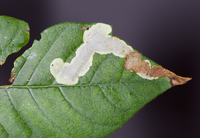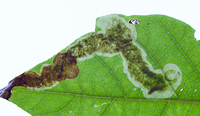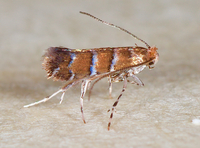
| Recorded by: Mark Basinger on 2025-10-18
Lee Co.
Comment: | 
| Recorded by: Mark Basinger on 2025-10-18
Stanly Co.
Comment: |
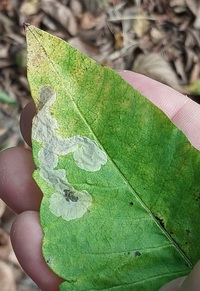
| Recorded by: Mark Basinger on 2025-10-05
Stanly Co.
Comment: | 
| Recorded by: Tracy Feldman on 2025-08-28
Carteret Co.
Comment: |
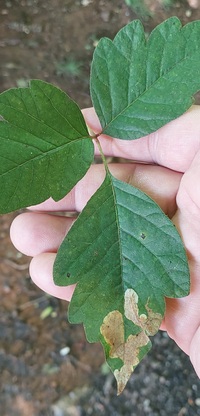
| Recorded by: Mark Basinger on 2025-08-14
Ashe Co.
Comment: | 
| Recorded by: Dean Furbish, Lior S. Carlson on 2025-08-12
Alamance Co.
Comment: |

| Recorded by: Dean Furbish, Lior S. Carlson on 2025-08-12
Alamance Co.
Comment: | 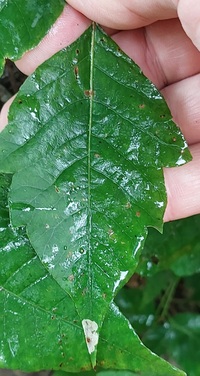
| Recorded by: Mark Basinger on 2025-08-12
Ashe Co.
Comment: |

| Recorded by: Mark Basinger on 2025-08-09
Alamance Co.
Comment: | 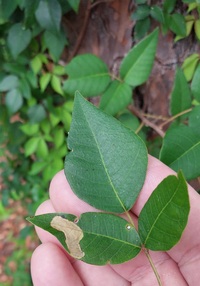
| Recorded by: Mark Basinger on 2025-07-24
New Hanover Co.
Comment: |
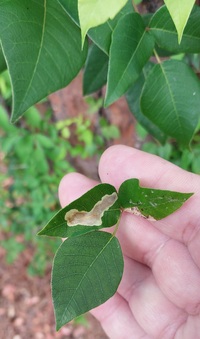
| Recorded by: Mark Basinger on 2025-07-24
New Hanover Co.
Comment: | 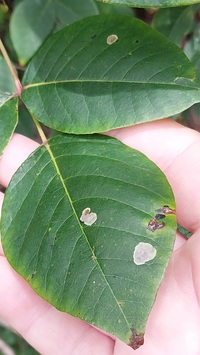
| Recorded by: Mark Basinger on 2025-07-09
Brunswick Co.
Comment: |

| Recorded by: Mark Basinger on 2025-06-27
Davidson Co.
Comment: | 
| Recorded by: Mark Basinger on 2025-06-22
Buncombe Co.
Comment: |
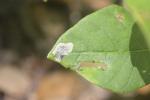
| Recorded by: T. Feldman on 2025-06-03
Carteret Co.
Comment: | 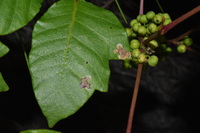
| Recorded by: David George, Jeff Niznik, Jim Petranka, Becky Elkin on 2025-05-24
Richmond Co.
Comment: |
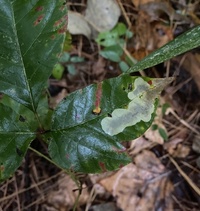
| Recorded by: David George on 2024-10-27
Craven Co.
Comment: | 
| Recorded by: Mark Basinger on 2024-10-16
Rowan Co.
Comment: |
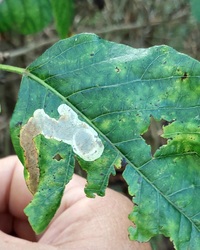
| Recorded by: Mark Basinger on 2024-09-21
Buncombe Co.
Comment: | 
| Recorded by: John Petranka on 2024-08-30
Orange Co.
Comment: |
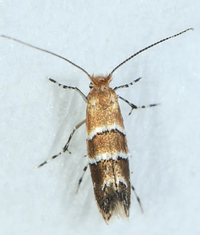
| Recorded by: John Petranka on 2024-08-30
Orange Co.
Comment: | 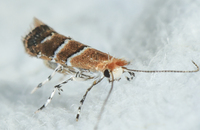
| Recorded by: John Petranka on 2024-08-30
Orange Co.
Comment: |

| Recorded by: Dean Furbish on 2024-08-28
Wake Co.
Comment: | 
| Recorded by: Dean Furbish on 2024-08-28
Wake Co.
Comment: |
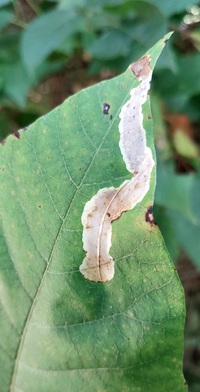
| Recorded by: Mark Basinger on 2024-08-26
Wilson Co.
Comment: | 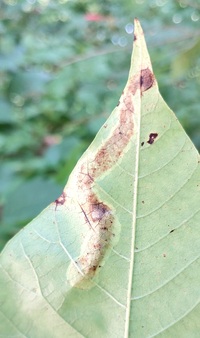
| Recorded by: Mark Basinger on 2024-08-26
Wilson Co.
Comment: |
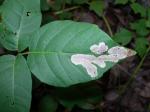
| Recorded by: R. Newman on 2024-08-23
Carteret Co.
Comment: | 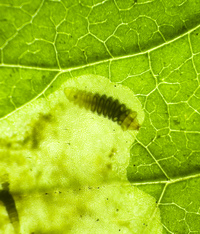
| Recorded by: John Petranka on 2024-08-18
Orange Co.
Comment: |
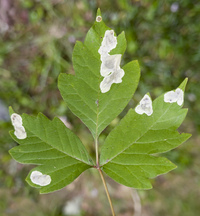
| Recorded by: John Petranka on 2024-08-18
Orange Co.
Comment: | 
| Recorded by: Erich Hofmann and Kayla Weinfurther on 2023-10-27
New Hanover Co.
Comment: |
|

 »
»
